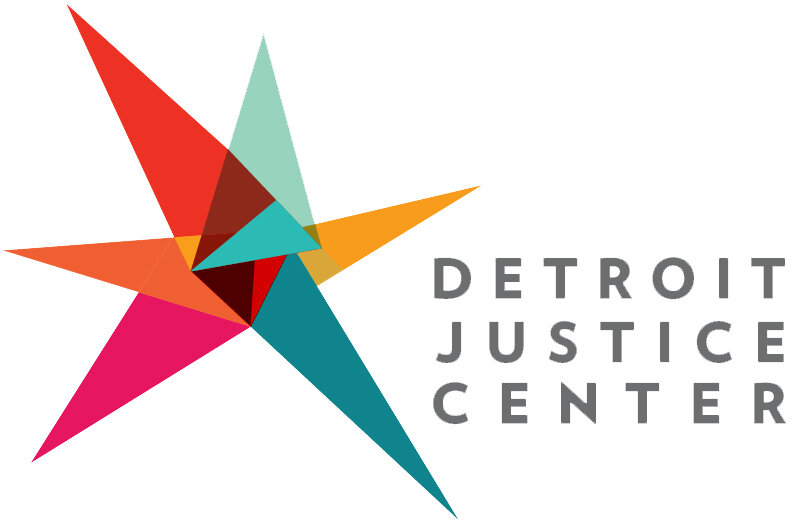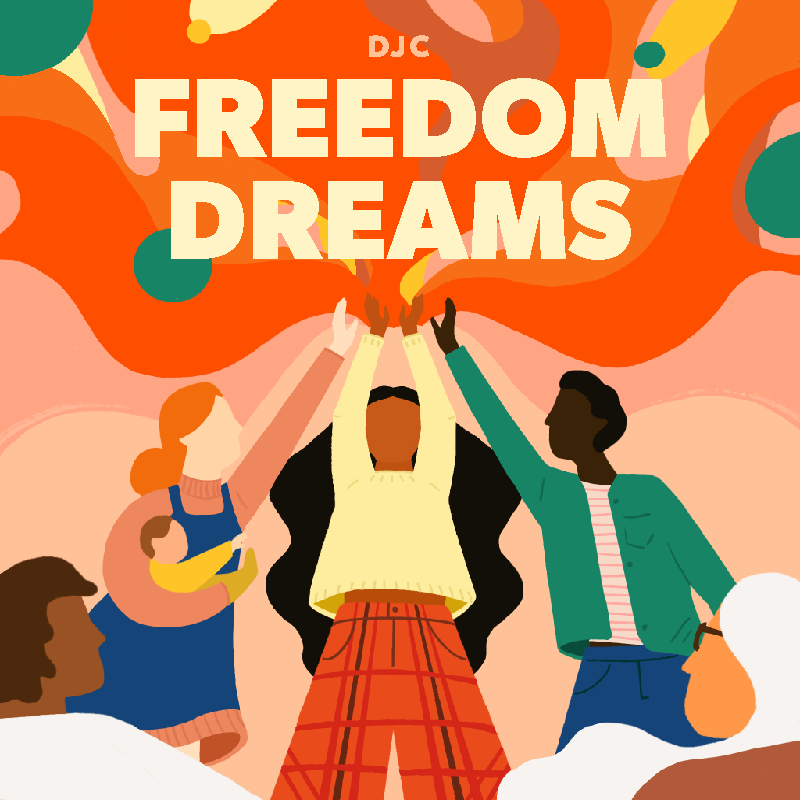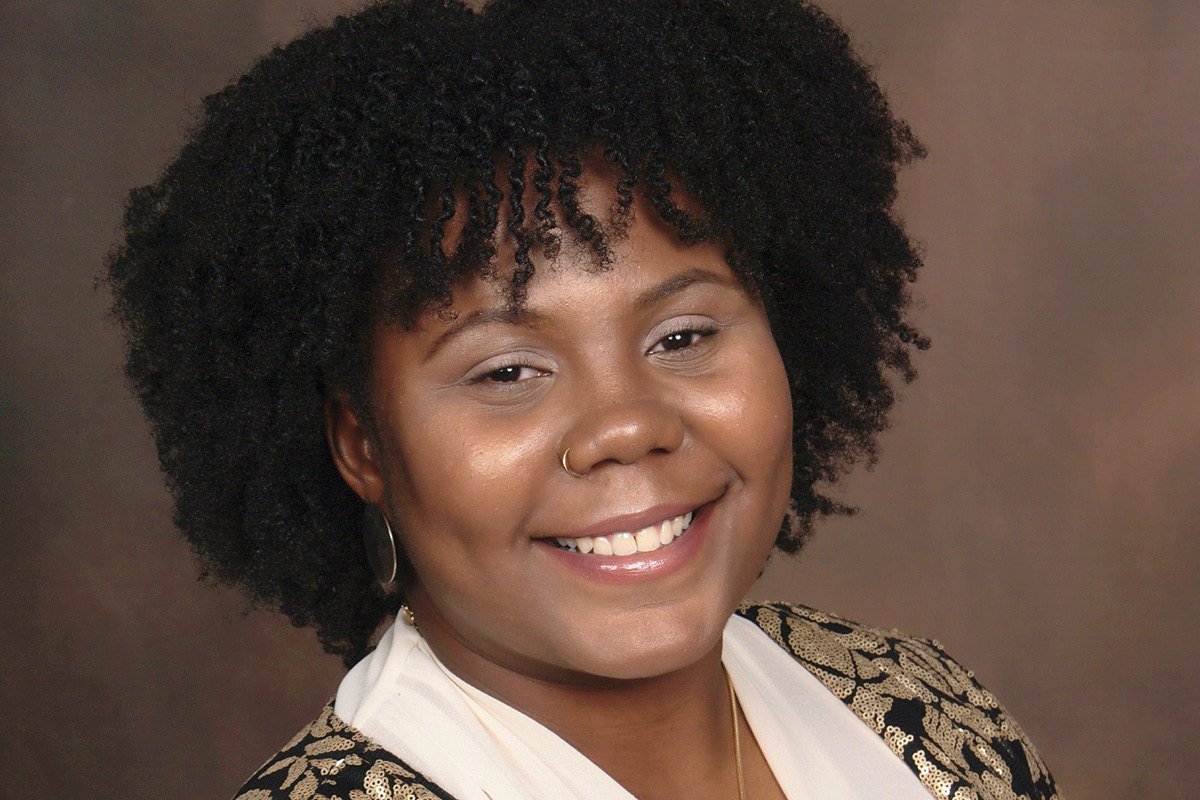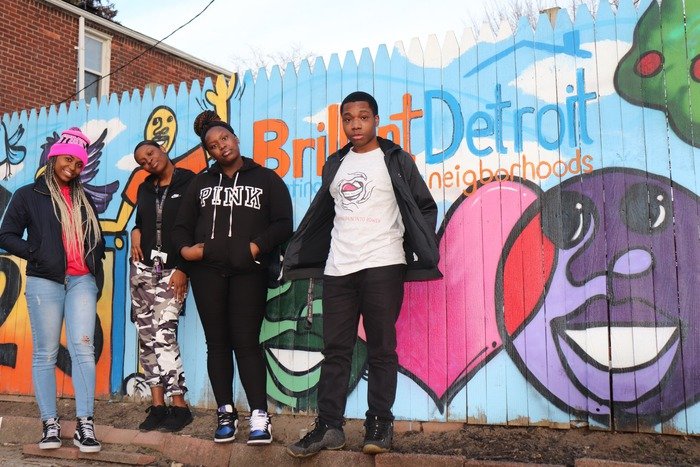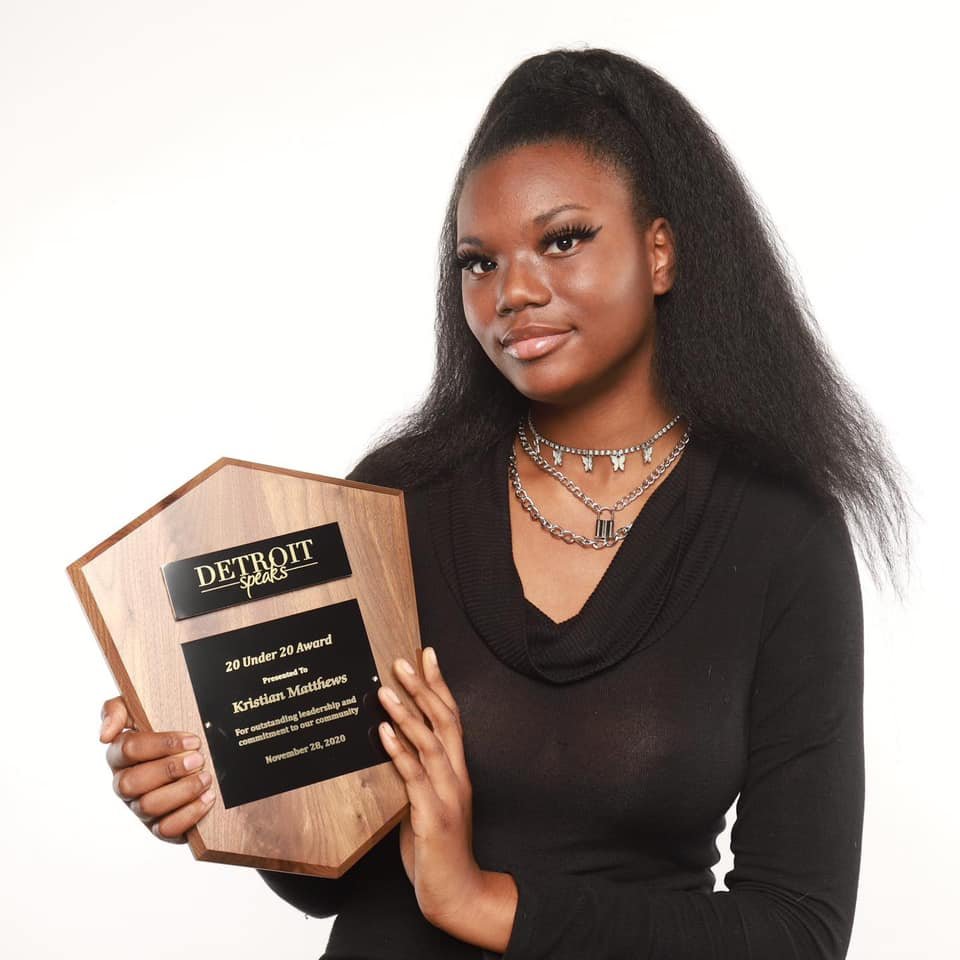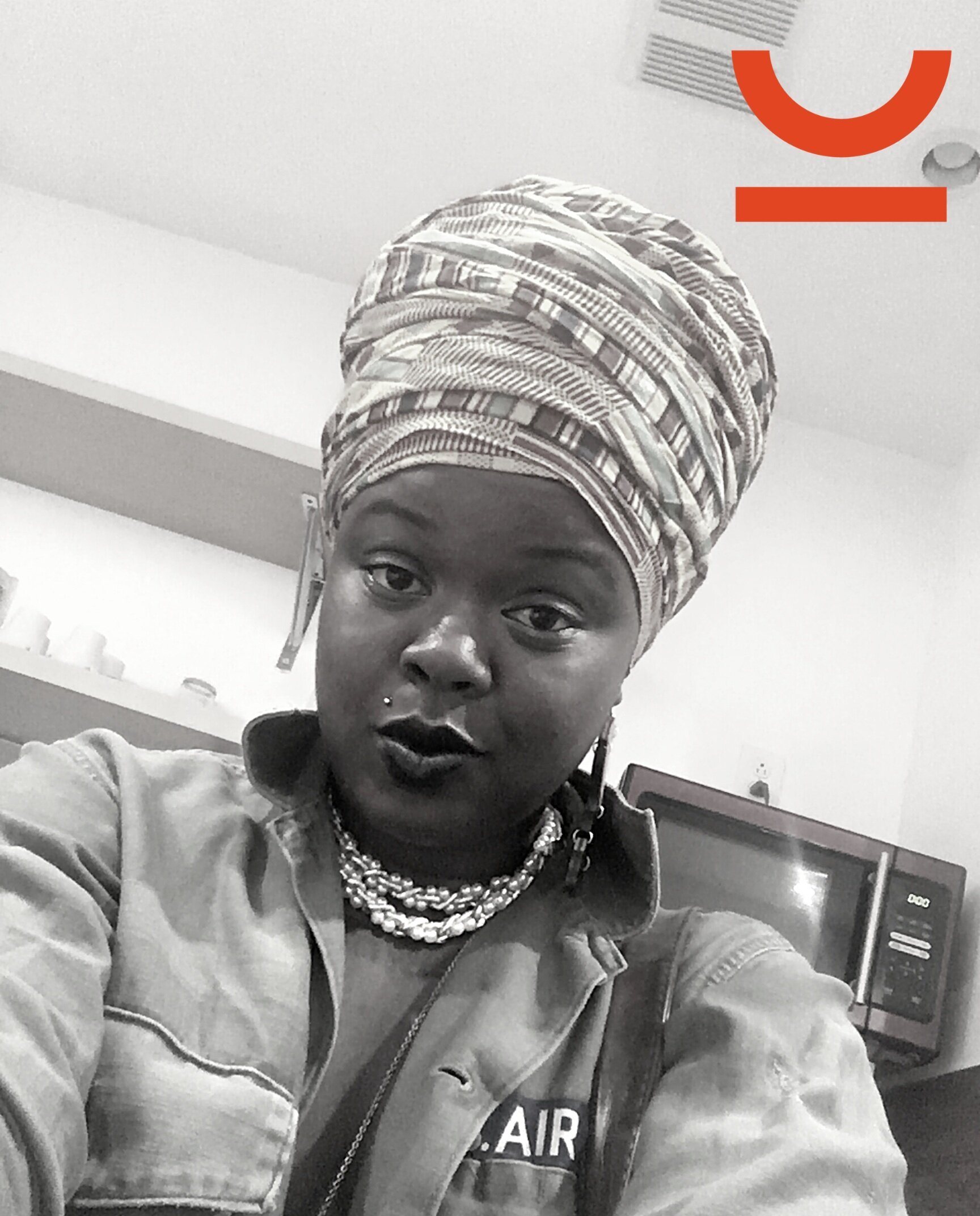This episode focuses on one of the larger issues often brought against anti-policing movements: it’s not enough to imagine that the absence of police equates to the absence of harm. Violence and harm are real, so what can we do about them? First, the youth of Detroit Heals Detroit take us through how they found community and healing through sharing, becoming open and vulnerable with others, and talking through harm and big issues with the use of healing circles. Then, the Detroit Safety Team talks to us about how feeling safe can happen without police presence and how their work helps groups redefine safety and provide safety responses to harm that don’t involve punishment or the carceral system.
Here are some other alternative justice and healing groups we talk about on today’s episode. Check out their amazing community work and projects that help folks find safety without police.
Project Nia | Interrupting Criminalization | TransformHarm.org |
Don’t Call the Police | The Firecracker Foundation | Oakland Power Projects |
Dr. Sirrita Darby is the co-founder and executive director of Detroit Heals Detroit. Born and raised in Detroit, Michigan, Sirrita has always been committed to combating social inequities. As an abolitionist educator in Detroit, she saw how trauma infiltrated the lives of her students inside and outside of the classroom. There she developed a strong commitment to centering healing in her classroom and in her community. As an extension of a class project, Sirrita founded Detroit Heals Detroit alongside her students to foster healing for other Detroit youth.
Detroit Heals Detroit exists to foster healing justice for Detroit youth in which they are able to transform their pain into power. With a goal to combat trauma, we use healing centered engagement to share our greatest vulnerabilities with the rest of the world while simultaneously working to dismantle oppressive systems for marginalized Detroit youth.
We talked with Bri (pictured left) and Kristian (pictured above) of Detroit Heals Detroit about how they work with their peers to promote healing from their collective trauma and educate each other on abolitionist movements.
Curtis Renee is Director of Membership and Curriculum Development at Detroit Safety Team (DST). Their work assists communities in building a new safety infrastructure that shifts away from police reliance. DST focuses on redefining safety because the policing system is dangerous for Black, Indigenous, and People of Color. They work collaboratively with community members to create a new definition of safety—one that refuses systemically racist practices and supports a framework for equity. They work to transform communities by moving to a non-punitive safety response that changes our relationship with harm, abuse, and conflict to one that allows for healing and refuses violence. They use responsive measures that allow those who have harmed, and those who have been harmed to work through conflict together through our restorative circle practices.
Episode Transcript
CASEY: Sirrita Darby was living in the same neighborhood where she was a high school teacher. And both inside and out of school, she said she saw how trauma was manifesting in her students.
SIRRITA: so I went to our administration and was like, we need more trauma counselors. Like our our young people are hurting. And they told me that we don’t got enough money for that. And then they told me they just need grit. And let’s be clear about that. They didn’t need grit. Their whole existence in America as black youth is all the grit that they needed. So that just wasn’t good enough for me that wasn’t a good enough answer for me. And I’m all about finding a way, make a way, that’s just my motto in my classroom and everything I do for my young people. Just finding a way, making way.
CASEY: I’m Casey Rochteau, communications manager at the Detroit Justice Center.
AMANDA: And I’m Amanda Alexander, the executive director at DJC and this is Freedom Dreams.
CASEY: The show that knows another world is possible. And we’re talking to the people who are building it. One of the challenges facing abolitionists is contending with people’s questions about safety. We know it’s not as simple as well, We abolish the criminal punishment system and provide everyone a universal basic income. And then we just let the healing begin.
AMANDA: Of course not. We take these concerns seriously because it’s not enough to imagine that the absence of police equates to the absence of harm. The impetus should be on building community safety alternatives dictated by the needs of individual communities. When we ask Detroiters about what they need to feel safe, we often hear concerns around violence, theft, and behavior associated with drug selling and drug use. While we hope that abolition would diminish the things that make us feel unsafe, we know that these concerns won’t be eradicated immediately. What we explore in this episode is how we heal from harm as it’s happening now and how we create safety without involving the criminal punishment system.
CASEY: When we first conceived of this episode, we had thought about diving into the deep end of how restorative justice processes are carried out, particularly around serious instances of violence and harm. We will definitely get into that next season. For now, we thought it was important to focus on how to engage the people you already share communities with around healing and safety. We’re talking to folks who are doing collective care work in spaces that apply to most everyone: schools and neighborhoods.
AMANDA: In the US, we’re indoctrinated from a very early age to believe that police create safety and the legal system ensures that people who were harmed get justice, as they say, from harm doers. In reality, we know that’s not the case, particularly for marginalized and hyper-policed communities.
CASEY: And this idea of punishment being the singular pathway to creating safety is pervasive. It starts when we’re young at home and at school, I think most listeners can probably remember a situation when they were young, where an adult entered into a situation where children were fighting and either made a snap judgment about who was at fault or arbitrarily punished everyone because they didn’t wanna deal with whatever precipitated the incident. Our criminal punishment system operates with this same logic and for people who were conditioned to believe that that’s the best way to deal with harm. It can feel reasonable.
AMANDA: But imagine if we grew up in neighborhoods where people we saw every day were part of Safety Teams designed to handle conflict, or if we attended schools where we collectively processed harm and trauma. Our guests this week intervene in these cycles of punishment by holding healing circles, where they can address trauma collectively, or by facilitating events where people can build relationships with neighbors, share concerns, and find alternatives that they can rely on, instead of calling the police when harm occurs.
CASEY: Today, we’re gonna hear from two groups in Detroit. Sirrita, who you just heard is one of the founders of Detroit Heals Detroit. We’re gonna hear more of her story and get to know two students from that program. And later we’ll meet Curtis Renee. They’re one of the founders of the Detroit Safety Team. So now it’s time to hear what these youth-led healing hubs feel like in practice. You met Sirrita Darby from Detroit Heals Detroit. Here are a few of the young people she works with. First Brianna.
BRIANNA: Yeah. So I am the vice president of Detroit Heals Detroit, as well.
AMANDA: And this is Chris who has known Ms. Darby since seventh grade.
CHRIS: I met her in seventh grade and she was like always one of the coolest teachers there. She was always like there for me in situations.
CASEY: So Detroit Heals Detroit’s mission is to foster healing justice for Detroit youth, with which they are able to transform their pain into power. With a goal to combat trauma, we use healing centered engagement to share our greatest vulnerabilities with the rest of the world while simultaneously working to dismantle oppressive systems for marginalized, Detroit youth.
AMANDA: Chris and Bri. I’m wondering, could you walk us through what a healing circle looks like?
BRIANNA: So basically we just, we come in and of course we have everything set up in a circle. Cause Darby said, the circle is important, make sure everybody can see each other. And every healing circle is different. I know lately we’ve had to do them on Zoom. So, you know, that was just kind of different changing it up versus us being in person. But every healing circle has a different theme or something that we want to touch on or work on. I know one of our most successful ones was about healthy relationships. So we kind of talked about different dynamics with relationships, whether it be, you know, a more intimate one or just friendships, family member relationships. And we kind of just go through different activities where, you know, we get to see some different things. We did kind of like the song association. One time we just kind of read lyrics of some of our favorite songs and kind of put that to how it translates to relationships and how we deal with those in everyday life. We did a healing circle where we did vision boards and we talked about what we want for ourselves in the future. We also try to make sure it’s an important part that we educate ourselves and everyone else in the circle about the topics before we kind of dive in. So throughout the whole process, you know, we’re learning something new about it. We’ve done healing circles on of course, the movements and things that we are trying to advocate for. So like police free schools and everything, we make sure that everybody understands what’s the initiative, what we’re doing, what we’re trying to make sure happens. And then we also make sure that everybody knows, you know, what actions we’re taking and, you know, make sure that they wanna be a part of it, you know. And as we’re all doing all that collectively, we’re also kind of getting our emotions out making sure that, you know, everybody is vulnerable and just able to be comfortable enough to express themselves in a way that, you know, they feel like they might not be able to with other people. So I was definitely having a hard time expressing myself. I just felt like I couldn’t. So this for me is very, very helpful. Being with people who are my age or a little bit older, and they’re all just sitting here and we’re letting each other know that, you know, we’re listening, we’re not here to judge it’s for you to understand, listen, learn, and just, you know, kind of get along with everybody and heal at one time.
AMANDA: Thank you.
CASEY: Kind of coming off that. And I was wondering what it’s like to process trauma collectively. So like you and Chris could speak to that. What is it, how is it different than trying to deal with this stuff on your own?
BRIANNA: I know for myself, when I was trying to deal with it on my own, it was changing me, but not so much for the better I was more closed off into myself than I would have normally been. So it kind of made me kind of like turn away and shy away from my regular self, you know, the way I am regularly, I’m naturally friendly. Wanna make friends with everybody, wanna go places and do things. And I did like a complete 360. It was just like, no, I’m good. I just wanna be on my own. And I just like, I didn’t, I didn’t wanna be that way anymore. I was like, this is not me. And it was harder for me to try to do it myself because I felt like nobody else really could have understood that or really felt like that the way that I did, because that was like, it was just a crazy thing that I wouldn’t have expected to happen. And me, myself, I didn’t think anyone else would be able to relate to it or even want to talk about. I mean, everybody asked me, was I okay? But it’s just like, yeah, I’m okay. And then that’s it. But you know, it really wasn’t doing much for me. So once I did start getting into these going to the healing circles and we all were talking and I was, you know, starting to realize that other people have gone through other things and maybe not have been the exact same thing, but we kind of internalized it, and tried to handle it the exact same way. And I kind of realized like, okay, it’s not just me anymore. Everybody else kind of understands it as well. And that’s kind of, it’s, it’s really more of like the, the safeness of it, knowing that there are other people around you that will actually help you and not judge you and understand you. And it feels like when, like, it feels like, a big hug or something like in that moment, because it’s like, oh my God, I don’t have to feel like it’s just me anymore. So, that’s what I would explain it as collectively healing, other than doing it alone, because alone, it just, it just, to me, it just makes me worse. So I try a lot now to, if I’m feeling some way, I immediately I’m like, okay, y’all I’m going through something, or I’m going through it. I talk to somebody who knows and they, you know, we, we help each other and they’re like, I get it. I understand. So, Chris, you can, you know, you can go this.
CHRIS: Yeah. when I was going through what I was going through, all my mom could do was say, oh, let’s go to therapy. But when you’re in therapy, you always have this feeling of, so this person is sitting up here with a PhD, trying to tell me what’s wrong with me. They don’t, they haven’t been through what I’ve been through. They’re throwing a whole bunch of terms at me. I don’t know what’s going on. I haven’t really had anyone to really talk to without feeling like I was being judged. But when you’re in a circle with people that have pretty much had the same thing happen to them that happened to you, it gives you a sense of like, you’re not alone. Like, I feel like that’s one thing I’m mostly, always scared of to like, be alone in a situation. Cuz then I’m like, people don’t understand, but what happens in like these circles is like it, especially in the black community, when you already feel alone, cuz your parents are telling you kind of like, oh, there’s nothing wrong with you or you’re on your phone or all the time, blah, blah, blah. But like when you are united with more than like a group of people and they’re telling you, I go through that too. That’s me too. I, I relate. It can help you get through it too. You feel not so alone. You feel like you can do it. You feel like you’re not crazy. So, for me, especially that’s I hate feeling like I’m the only person that’s going through something. I hate feeling like I’m crazy. Like I don’t know what I’m talking about. So like, I think that’s why I do turn to like social media to help me or like groups of people, because it’s better than like thinking about it myself or whatever.
SIRRITA: Yeah. I was just leaving but just this one last thing. Traumas is always experienced most of the times collectively. So it needs to be combated collectively. Right? It’s not, I’m so leaning on like self care right is important. But also that community care is also important. Right. And taking care of each other and making sure. And it’s just so powerful just to watch some of their healing circles. I know they’ve been on virtual, but the in-person one is just so powerful. And I always tell my young people, their healing is directly related to my healing as well. Right. I think I I’ve healed just as much as them any spaces, because of that community care and cuz of that collective care because of like Bri said, and Chris said we’ve experienced these issues collectively. So we need to a heal collectively. Right? We all were there on onset of seeing George Floyd, you know, on, in the media being killed right in front of us. Right. That’s something we experienced collectively. So we helped each other all get through it, after that collectively. Right. so that’s just important like that community care and that community aspect of healing.
CASEY: We’ve put a link to Detroit Heals Detroit in our show notes. They’re amazing. And we were humbled to connect with them. After a break, reimagining safety block-by-block.
——–
ANGEL: Hi, I’m Angel Mckissic and I’m a project manager in the Just Cities Lab at the Detroit Justice Center. The goal of my work is to spread awareness of restorative justice in Detroit and to help our communities reclaim their power, to facilitate accountability, justice, and safety. If you’re interested in the work of the Metro Detroit restorative justice network, you can visit MetroDetroitRJ.org for more information. You can donate to the Detroit Justice Center at DetroitJustice.org/donate.
——–
AMANDA: Next up Curtis Renee of the Detroit Safety Team. Detroit Safety Team is helping Detroiters radically rethink what it means to keep ourselves safe and find ways to reduce reliance on police and 911. So they do a couple of things. One, they lead community conversations about how we can create safety without relying on police. And then they train people up, to build the skill of, creating safe spaces. So they provide, you know, security at community events. I saw them at the Afro Future Youth Fest a couple years ago, making sure that it was possible for people to feel safe at the event, without a police presence. They also trained people in how to deescalate conflict and how to mediate disputes, basically figuring out how do we build safety as a social skill as they put it rather than a punitive system of control
CURTIS: My pilgrimage to where I am now started probably in high school. I was a part of a summer program. You know, you get these summer programs where they’re like, we’re gonna pay you to learn things <laugh> you are like, yeah, yeah. Or like pay you to like have fun. And so it was like one of those summer enrichment programs where I got this small check, which was really great because what 11th grader really needs a big check. And it was given by the Michigan Institute for Nonviolence Education. And it was my first introduction to healing and nonviolence, which is Dr. King’s philosophy of nonviolence use. Well, not his, but like was practiced during the civil rights movement, he like kind of contributed to that ideology and so that was my first introduction to it. And it actually had stayed with me for a very long time and I still facilitate workshops and trainings around and nonviolence. So I would say it very much started there in that place and being really curious about nonviolence, especially growing up as a black femme in Detroit, like nonviolent, what do you mean? Like that doesn’t even sound real. Yeah. How do you move through the world being not violent? What? But it has definitely shaped, my views and coming into being like an abolitionist and like my values in being an abolitionist and very much shaped what the Safety Team, what the Detroit Safety Team is now. I love that.
CASEY: So can you tell me what is Safety Team? What do y’all do? How did y’all get started? What are y’all working on now?
CURTIS: So what does Safety Team do? We, I feel like the Safety Team one provides a space for people to redefine what safety is. I think for a long time, our ideas of safety have been like completely removed from our like power and being able to control like what safety looks and feels like in our community spaces. And so one, it gives us a space to be like, Hey, this isn’t right. Like let’s, let’s throw this away, throw it, throw it completely away and try something new. And also be like, and I get to decide like how I share that with people alongside of me. So we get space for that. We also support people navigating conflict and harm. So an individual or organization can reach out to us and say, Hey, we’re in a conflict. Someone has been harmed. Someone has been hurt and we need like a facilitator to help us figure this out. And we also provide workshops and trainings to community members. Right now we have, we’re trying to get to a 30 person citywide team, so that we have 30 people that are able to support people all across the trade and navigating conflict and harm, but also providing safety that looks a lot different. So like at events, Freedom Freedom invited us out to, provide safety. And it really looked like holding up signs so people would slow down when driving up and down the street. So, just like really reimagining what that safe space and like how people can support safety in our community spaces.
CASEY: I love that. I mean, you know, you, and I know have known each other for a minute, but, so you know that I’m not from here originally. And one of the things that I think about a lot from an outsider’s perspective, there’s this sort of, you know, there’s a lot of different narratives from outsiders of Detroit about Detroit, right? And I’m wondering, what does it mean to you to be doing this kind of work in this city?
CURTIS: I feel like, it’s really important. It’s really important work. I think really specifically during this moment, like for the first time we’re talking about defunding police nationally. And so it’s really important as organizers and activists and people that really believe in abolishing, the carceral system that we’re able to like provide examples of what is possible, provide spaces for conversation, for people to dream, outside of what this looks like now, because without that, you know, police are gonna come in. Someone just told me that the police are starting to make their rounds at schools that are open already. Like, Hey, I’m your local friendly police officer. And you need to just like, listen and be compliant. So if we’re not ready to like, just like ready to be able to have those conversations with our community spaces and folks, then police are absolutely gonna like swoop in and create this narrative that completely false, that they are safe, that they can be friendly, that I am a person and an individual.
CASEY: Here’s a question I have for you. And I don’t, I don’t know if you’ll have an answer to this or not, but it’s something that we come up against a lot in conversations that we have either in coalitions or even amongst ourselves. Right. Which is this idea that like older, black Detroiters who are largely the voting base in this city are not radical. Like they want to keep the police, they are socially conservative in a lot of ways. And so my question to you is like, do you feel like that’s actually true and to whatever degree it is true, how do we have those conversations intergenerationally?
CURTIS: I do think it’s true. And I think some of it is like this acknowledgement of un-safety in our community spaces. And what does that mean for people on the individual level? So there’s, I just did this workshop with a organization and it was like, kind of looking like at the roses, thorns and buds of like our current system and like acknowledging like, okay, one, there are moments, I feel unsafe. Two, there are structural things that are put in place right now that sometimes people can look to, to like address that concern and address that feeling of un-safety. So how can we like have an honest conversation with people that are like, I wanna, it’s not that they want the police to be there. I don’t really believe that any black person really want yeah. I like can’t believe that with that part in my heart, like, yeah. I don’t, that’s not something I wanna believe in my heart. So I don’t really think it’s like, oh, I want the police there. It has to be the police, it’s that I wanna feel safe. And so like, okay. So what is, what are your concerns? Like what is happening? What, what is happening in those moments where you don’t feel safe and how does having the police present address some of that for you? So how can we take like those parts that are addressing that need for safety and completely like morph it into something that’s actually safe and like being in conversation about that, like, okay. Like I feel unsafe when lots of drugs are being sold on my corner or in my community. Because some of the things that come along with drugs can be like stealing. It can be like shooting and violence. So like, these are real things. These are real concerns. And so like, how are we addressing our elders in our community and be like, Hey, our elders don’t feel safe! So how do we shift that? And how do we have like an intergenerational conversation about like, what is safe for everyone that is in one community and like, how do we take that into consideration of one another and not like prioritize someone else’s safety over another’s and also be realistic about like the world we live in. There are a lot of things that we don’t have access to that don’t create opportunities for people to make the best choice. So I don’t know if that answered it, but….
CASEY: No, it definitely did.
CURTIS: Like, I feel like that’s what I’ve been thinking about a lot. Like, so yeah.
CASEY: One of the big questions for us is like, what do we do about really intense harm and violence, right? Cause some things are easier solved through a circle process than others, you know, just big facts. So I’m sort of curious to hear your thoughts around that. I think, it’s something that we’re trying to grapple with. So particularly like the episode we’re doing specifically around this question…Obviously there are circumstances where…I don’t wanna like pick something out of like a real example that I know from like the restorative justice network but I’ll give like a hypothetical, right? Say somebody gets injured, like, you know, two folks are shooting, somebody else gets injured, right. That person lives. And you know, the police of course are wanna press charges against whoever hit them. If that person wants to engage in a circle process…
CURTIS: So one, I wanna like say that folks are more, it’s a lot easier for people to trust the process when there have been conversations around it, like prior to an incident happening. So I feel like some of the groundwork that needs to happen is like, how are we, like in more conversation with each other? How are we like building community support systems, and encouraging that on a block by block basis in Detroit? And so like that I think is really, really important. The other part of like, when a harm, like that happens, like when there’s like very high levels of violence or like injury or like assault and things like that, I think sometimes we need space to arrive at our better selves when we are under maybe like a weight of grief. Maybe like a weight of rage, like all of these very valid feelings, like every last one of these feelings are valid as, like they’re valid. But because we’re like predisposed to a carceral system, from those feelings can come like, oh, I want this person to be punished. And so how do we, like also like, be like, Hey, we don’t have to go right into a process. Like there are some conversations that we can have with this person that has harmed that doesn’t necessarily mean like a formal process has like begun already. And then there are some things like this person that is like hurt that has been harmed that has been assaulted that has, that is experiencing like all of these emotions has space to like solely and completely like be centered around these feelings. And like, what does that look like to like some beginning stages of healing, for this person before just like jumping right into a process. I am not a fan of like jumping right into a process. I also tell people one of the things that actually makes me feel safe really is like my ability to reserve the right to be salty for as long as I wanna be. And so I’m, and, but also when I’m like, I’m salty, that means I’m not ready to enter in the process. I’m not ready for an apology. I’m not ready. I wanna be salty and I’m gonna be salty for as long as I want to. So like kind of like giving people the space to be salty, like to feel those feelings as deep as they are as big as they are before we just like hop into like, oh, all these facilitators doing these things and have these conversations and ask you to write letters and come together and talk. And also really thinking about what does it look like to really have a support system, not just around the person that has been harmed, but around the person that has harmed. And I think that is really important. One in acknowledging the world that we live in. Like we live in a world where especially like, if you are black, if you are indigenous, if you are, if you are like any person of color, if you are queer, if you are trans, like the world is assaulting you on a regular and continual basis, right. Seven days a week, like on almost going. And so the harm that this person has, like put onto someone else is not just something that came outta nowhere.
CASEY: Yeah. My last question to you is gonna be, what are your Freedom Dreams? So if you imagined your work, you know, like 20 to 30 years in the future, what do you hope is the legacy that you’re building?
CURTIS: So one of the things that DST is doing that I actually didn’t talk about is we’re really hoping to launch a neighborhood fellowship program where like a very small like neighborhood, so like a few blocks, they’re able to participate in like training over a two year period and develop their own Safety Team. And so that is like my, like all of these Safety Teams, like DST is out of business. This is not long time work as far as like, as an organization. And there are just like all of these Safety Teams all across the city of Detroit that are able to like navigate harm, navigate conflict, but also just like lean into safety in a very different way. Like, not just putting out the fires, but like supporting the relationships and like growth of relationships.
BRIANNA: I just want the younger generation coming after me to know that just because someone is older than them does not mean that they’re always right. Obviously respect your elders. Obviously they are more experienced than you. I just want them to not be scared to speak their mind and what they want.
SIRRITA: And the end goal is always collective liberation, abolition. Right? I think a lot of times we try to reform, and the systems at unhealth trauma cannot be reformed. Unfortunately.
CHRIS: My freedom dream also as well is to have youth who are younger than me. I said, my little sister was here. So I want her to, you know, be able to express herself, and be a part of something, and see that, you know, you know, if I could do it, you could do it too.
CASEY: And you literally can do this too. There are projects re-imagining safety happening around the country. There are some great resources that have highlighted these efforts. Like 1 million experiments created by Project Nia and Interrupting Criminalization that highlights the work of groups who are creating community-based safety strategies, like the black trans travel fund in New York and New Jersey, the Powderhorn safety collective in Minneapolis and the love fund, guaranteed income initiative in Boston. They’ve also started a podcast where you can learn more about these experiments.
AMANDA: There’s also try transformharm.org, which is a research hub about ending violence that features a number of resources to read about the work that’s being done around the country, or don’tcallthepolice.com, which lists community based safety solutions to call instead of the police. There’s also the Firecracker Foundation here in Michigan that offers comprehensive services to child survivors of sexual trauma and their families and offers community education by creating a holistic, safe space for the community to support children, families, and advocates. Or, the Oakland Power Projects’ pod mapping project that engages Oakland residents in building community power and wellbeing without relying on law enforcement. At DJC, we’ve started the Metro Detroit restorative justice network, which includes groups like our guests today from Detroit Heals Detroit and Detroit Safety Team.
CASEY: Freedom Dreams is a production of the Detroit Justice Center. Special thanks to our team, Zach Rosen, our producer, as well as Lawrielle West and Elana Maloul for research and assistance.
AMANDA: The Freedom Dreams theme song is by Asante, artwork is by Gunnar and Hobbes. If you wanna learn more about today’s episode, head to FreedomDreamspodcast.com, email us a voice memo of your freedom dream at Detroit justice.org/freedomdreams
CASEY: You can also write to us on social media. We’re freedomdreamspod on Instagram and freedomdreampod on Twitter. That’s freedom, dream singular, pod on Twitter.
AMANDA: If you feel compelled to donate to the work that we do, you can find us at DetroitJustice.org/donate.
CASEY: And lastly, if you love this show and you want us to find a wider audience, please leave us a rating or review at Apple Podcasts.
